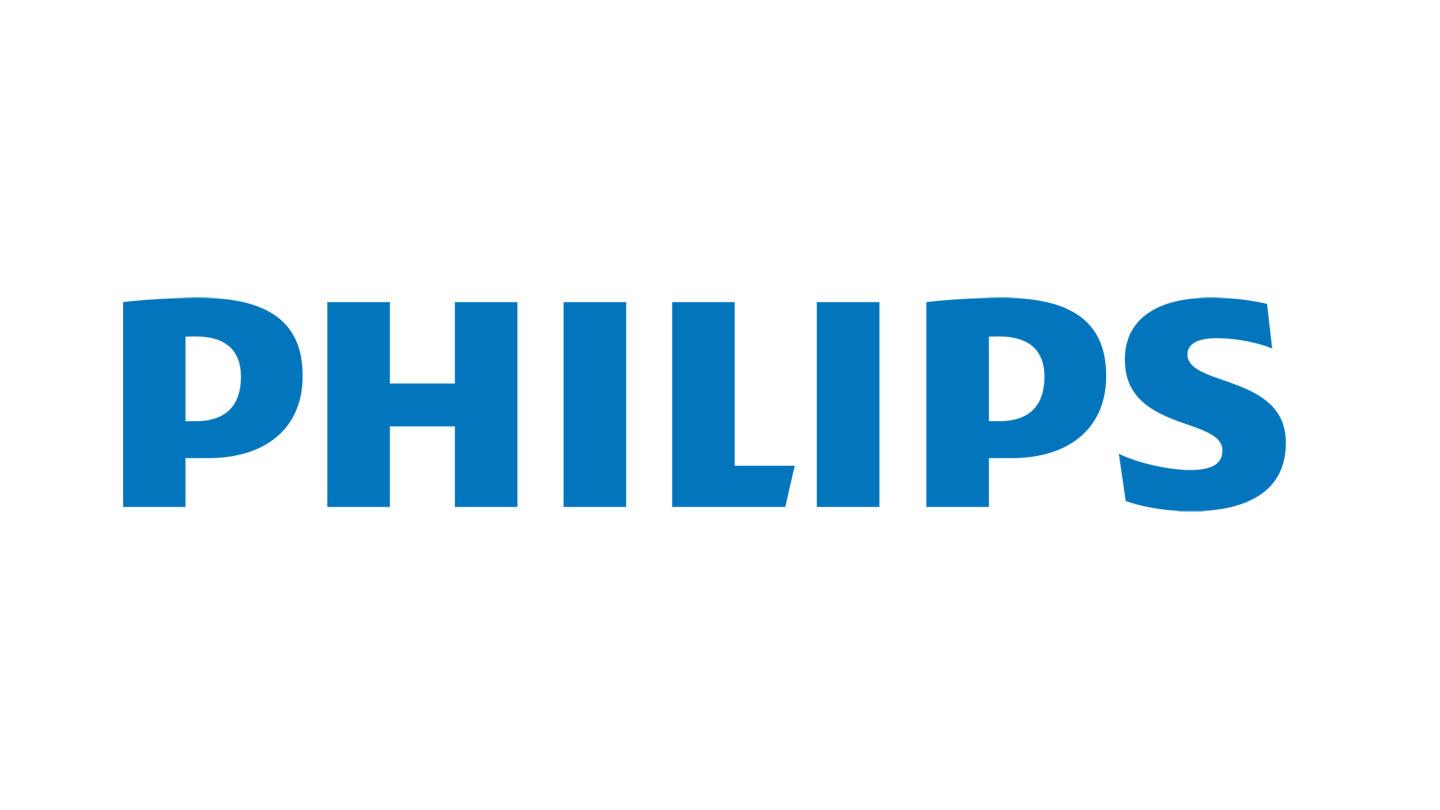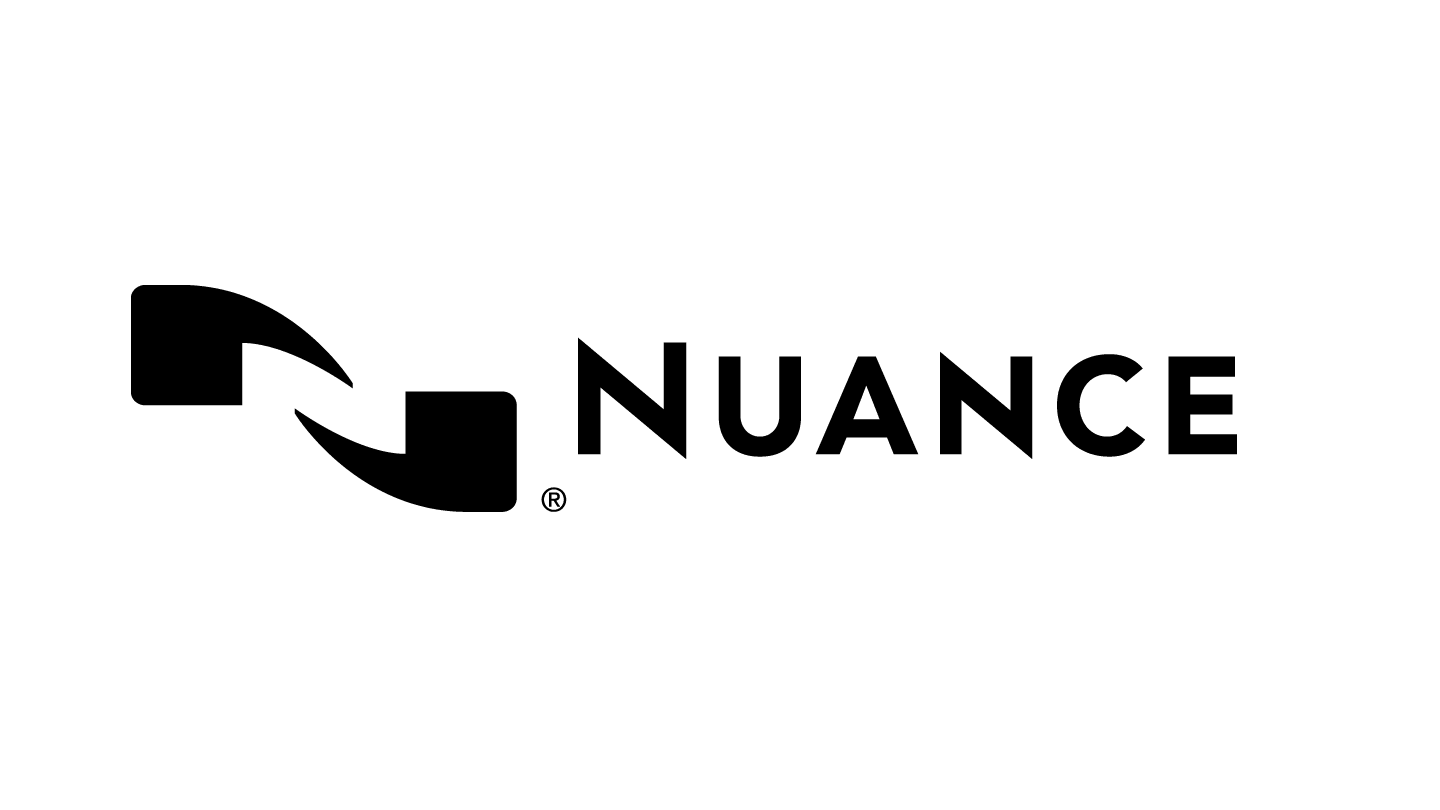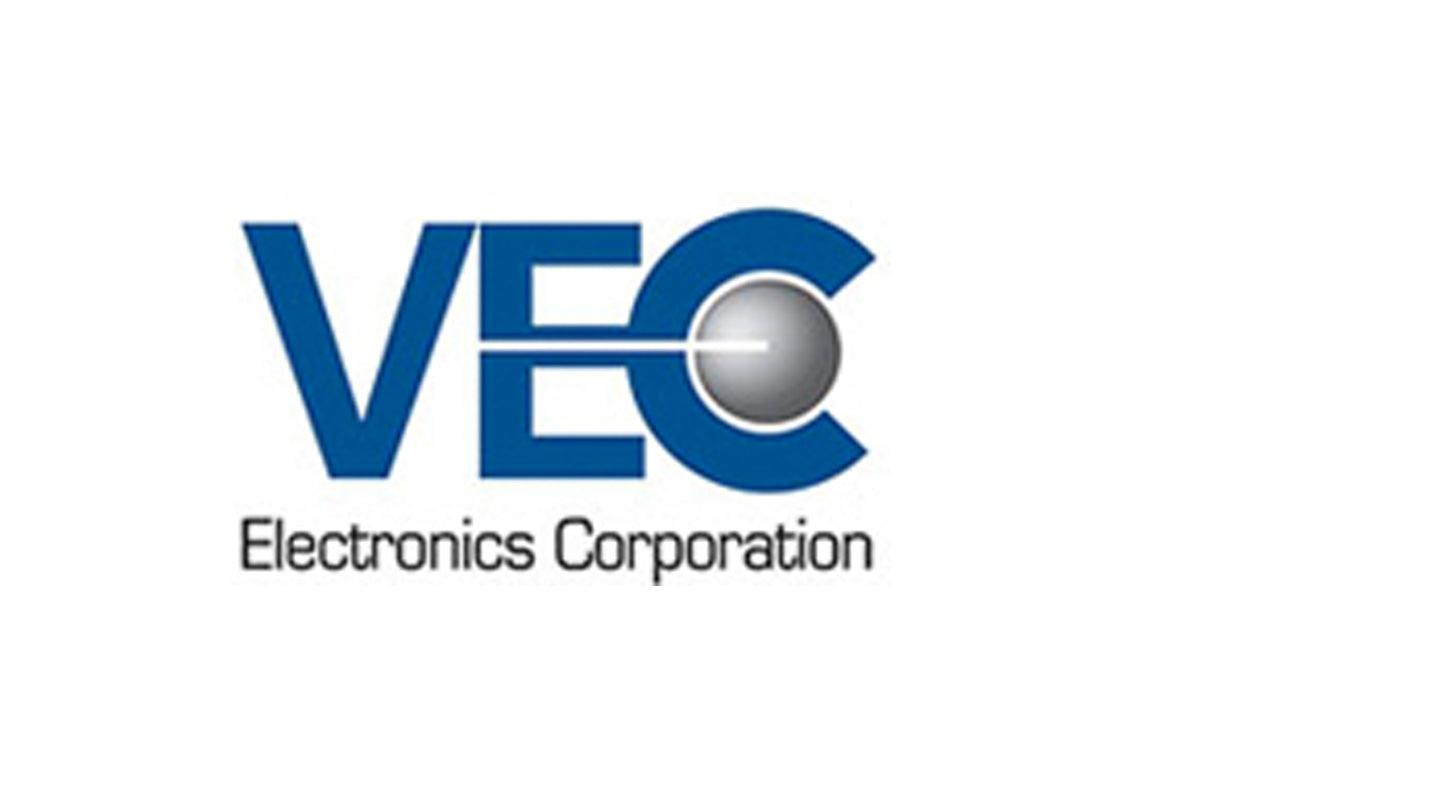Speech-to-Text: Unveiling the Power of Automatic Speech Recognition
Are you tired of typing out your thoughts and ideas? With speech-to-text technology, you can now effortlessly convert your spoken words into written text. Say goodbye to tedious typing and hello to the convenience of automatic speech recognition (ASR).
This article will explore the history, components, applications, challenges, and future trends of ASR.
So, why waste time typing when you can speak and let the technology do the rest?
History of Automatic Speech Recognition
You have witnessed the evolution of Automatic Speech Recognition throughout history. It all began in the early 1950s when researchers started exploring the idea of machines understanding and transcribing human speech. The first systems were quite limited, with a vocabulary of only a few words and a high error rate. However, advancements in technology and algorithms led to significant improvements over the years.
In the 1970s, Hidden Markov Models (HMM) became a popular approach for speech recognition. Then, in the 1990s, the introduction of neural networks revolutionized the field. Deep learning techniques allowed for better accuracy and the ability to handle larger vocabularies.
Today, Automatic Speech Recognition systems are widely used, powering voice assistants, transcription services, and much more. The journey from simple word recognition to sophisticated speech understanding has been remarkable.
Components of an ASR System
You need a combination of hardware and software components to build an ASR system.
The hardware components include:
• A microphone or audio input device to capture the speech signal.
• A processor or computer to process the signal.
The software components are responsible for converting the speech signal into text. These components include:
• A speech recognition engine or algorithm that analyzes the speech signal and produces the corresponding text output.
• A language model is used to improve the recognition accuracy by incorporating knowledge about the language being spoken.
• Other components like acoustic models and pronunciation dictionaries are used to handle variations in speech and improve recognition accuracy.
Applications of Speech-to-Text Technology
You can transcribe audio recordings or live speech into written text using speech-to-text technology, making it useful for various applications such as transcription services, voice assistants, and accessibility tools.
Transcription services benefit from speech-to-text technology as it automates converting spoken words into written text, saving time and effort.
Like Siri or Google Assistant, voice assistants rely on speech-to-text technology to understand and respond to user commands. Voice assistants can process and execute requests accurately by converting spoken language into text.
Additionally, speech-to-text technology is crucial in accessibility tools for individuals with hearing impairments. It enables real-time transcription of spoken content and facilitates communication for those who rely on written text for understanding and interaction.
Challenges in Automatic Speech Recognition
One of the challenges in Automatic Speech Recognition is the accurate recognition of speech in noisy environments. Background noise can interfere with the clarity of the speech signal, making it difficult for the system to transcribe the spoken words accurately. Background noise can vary greatly, ranging from simple office chatter to loud machinery noise in industrial settings.
Additionally, the type of noise can also pose challenges, such as sudden bursts of noise or continuous background noise. Another challenge is dealing with accents and dialects. Speech recognition systems trained on a specific accent or dialect may struggle to transcribe speech from individuals with different accents accurately.
This highlights the need for robust and adaptive speech recognition algorithms that can handle various types of noise and diverse accents.
Future Trends and Developments in ASR
What are the potential future trends and developments in ASR that will shape the field of speech recognition?
As technology continues to advance, there are several key areas where ASR is expected to evolve.
One trend is the improvement of accuracy and reliability in speech recognition systems. Researchers are constantly working on developing more sophisticated algorithms and models to enhance the performance of ASR.
Another area of development is the expansion of ASR applications. Currently, ASR is mainly used for transcription and voice commands, but in the future, we can expect to see it being integrated into various industries such as healthcare, customer service, and education.
Additionally, there's a growing interest in multilingual and code-switching ASR systems, which can accurately recognize and transcribe speech in multiple languages or when languages are mixed within a conversation.
These future trends and developments will undoubtedly shape the field of speech recognition, making it more accurate, versatile, and accessible.
Frequently Asked Questions
Conclusion
In conclusion, automatic speech recognition (ASR) has come a long way since its inception. The components of an ASR system, such as acoustic modeling and language modeling, have greatly improved its accuracy and usability. ASR technology finds applications in various fields, including transcription services and voice assistants. However, challenges such as background noise and accents persist. Looking ahead, future developments in ASR aim to overcome these challenges and further enhance the effectiveness and efficiency of speech-to-text technology.
Meet the Solution

Philips SpeechLive Smartphone Dictation App
In an era where smartphones dominate our daily routines, having tools that seamlessly integrate with our on-the-go lifestyle is crucial. For professionals seeking an efficient mobile recorder or dictation solution, the Philips SpeechLive Dictation app emerges as the ideal choice.
High-Quality Recordings:
Whether you're in a quiet office or a bustling cafe, the app ensures crystal-clear audio quality, capturing every word with precision.
Secure and Confidential
In professions where confidentiality is paramount, the app offers top-tier encryption and secure cloud storage, ensuring your data is protected at all times.
Effortless Sharing and Integration:
Need to share a dictation with a colleague or integrate it into another platform? The app's user-friendly interface makes these tasks a breeze.
Optimized for Professionals:
Whether you're a journalist capturing an interview, a doctor noting a patient's symptoms, or a lawyer dictating case points, the app is tailored to meet the diverse needs of professionals across industries.










